Case studies
We are immensely proud of the work of our people at Queen Mary. Below are a few of the amazing projects our researchers have been working on, helping to continue our rich heritage of research.
Tackling barriers arising from accent bias
Research led by Professors Devyani Sharma and Erez Levon, working with an interdisciplinary team of sociolinguists, social psychologists and lawyers, set out to discover whether attitudes to accents have changed in the UK over the past 50 years. They also wanted to see whether accent bias affects job prospects and address barriers encountered by people with certain accents.
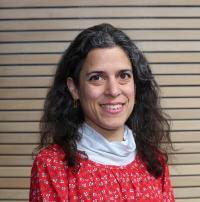
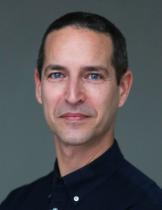 The team found that attitudes towards British accents remain largely unchanged, with the Received Pronunciation accent remaining the most highly regarded. Accents aligned with urban working class groups and ethnic minorities were rated lowest.
The team found that attitudes towards British accents remain largely unchanged, with the Received Pronunciation accent remaining the most highly regarded. Accents aligned with urban working class groups and ethnic minorities were rated lowest.
When hearing real voices, responses were less extreme and if the speaker talks with confidence and expertise, responses improve regardless of accent. However, when hearing a real person in a mock job interview, many listeners downgraded working class voices.
Improving health outcomes for South Asian people
People of Pakistani and Bangladeshi heritage have some of the highest rates of heart disease, diabetes and poor health in the UK, yet are under-represented in clinical research. The Genes & Health project aims to redress the balance with the world’s largest community-based genetics study.
The team has already recruited over 58,000 Pakistani and Bangladeshi volunteers who provide consent to link their genetic data with their anonymised long-term health records. Findings are already changing lives by identifying risk, predicting disease and supporting drug development. 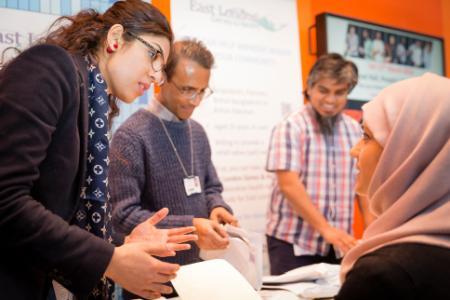
The study is particularly unique because it is truly embedded in the community, guided by a Community Advisory Board and regular workshops with volunteers, and thanks to how closely we work with our communities and the mutual respect that has been developed.
The importance of understanding home
The Centre for Studies of Home is a partnership between Queen Mary and the Museum of the Home. The centre deepens understandings of home for public and academic audiences through a programme of collaborative research. 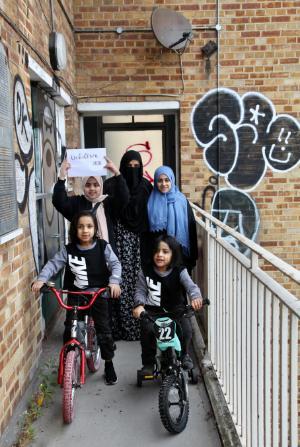
This research has led to more diverse experiences of home on display in the museum on previously under-represented subjects ranging from teenage bedrooms to high-rise living and religion. Engagement with local people has been key to much of the centre’s work, including the Home-city-street project and research with Vietnamese people living in East London.
Collaborative research at the centre has built research capacity at the museum, helping to transform it into an active space for debate and dialogue and informing the current redesign of the museum’s period rooms.
The Centre for Digital Music is a world-leading multidisciplinary research group in the field of Music & Audio Technology
The Centre for Digital Music was set up to explore the crossover between science, technology and music. The team builds tools enabling people to engage more widely with music in new ways.
Andrea Martelloni has designed HITar, an AI-enhanced acoustic guitar designed for percussive fingerstyle playing. The instrument combines hits on the body with strumming and plucking of the strings to simulate the sound of a full band with just one player.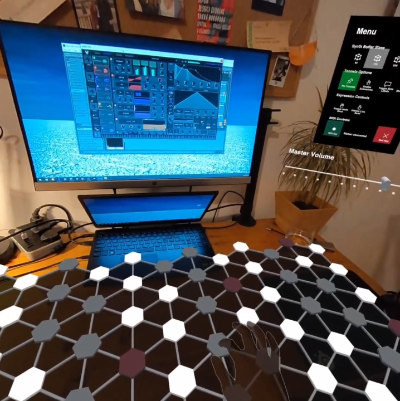
Netz is a novel AI-powered mixed reality musical instrument developed by Max Graf and Dr Mathieu Barthet which tracks the performer's hand poses and gestures in real time to allow for expressive and personalised control of pitch, dynamics and timbre.
The magnetic resonator piano, created by Andrew McPherson, is an electronically augmented acoustic grand piano which uses electromagnets to vibrate the strings of the instrument, creating a range of innovative sounds. The instrument has been used in dozens of compositions and hundreds of performances worldwide, as well as in a Hollywood movie.
Jacob Harrison developed a prototype for the one-handed bass. This demonstrated how the fretting hand could be replaced by digital or mechanical components controlled by the feet, while retaining all the nuance of the plucking hand. A follow-on instrument, Strummi, a kind of digital guitar, has been used to support creative activities for people with learning disabilities.
Widening access to legal advice in east London
The Queen Mary Legal Advice Centre is a vibrant, award-winning student law clinic in the heart of East London and the first of its kind in London, opening its doors in 2006.
The centre currently engages 430 undergraduate law students each academic year who advise (and in some instances represent) clients, and or run public legal literacy initiatives in our local community.
The centre’s track record is impressive, and to date they have advised 4,500 clients. Students seeking disability benefits for clients have secured over £850,000 on their behalf since 2018. Over 7,000 school students have participated in the centre’s workshops to improve public legal literacy and this year alone, 200 volunteer lawyers donated their time to work collaboratively with our students.
The impact of the centre’s work is strongly felt by the individual client or community group being supported, but also creates law graduates who are more likely to engage in pro-bono activities throughout their career.
The centre has recently received planning permission to move into a larger five storey premises on our Mile End campus, facilitating even more community and school engagement work and public legal literacy programmes.
Informed, targeted and effective support for smokers
Smoking is the leading cause of preventable death in the UK, killing 74,000 people every year. One in four people in hospital are there as a result of smoking.
Queen Mary has extensive experience in delivering advice and support to help people give up tobacco, and is pioneering research and clinical trials of smoking cessation treatments. Shamsia Begum Foreman, Specialist Tobacco Cessation Service Manager, and Professor Peter Hajek have identified that smokeless tobacco use is a problem in Tower Hamlets, and so are providing tailored support to people who would not normally use smoking cessation services.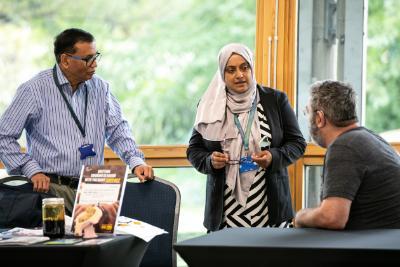
The team targeted smokeless tobacco users, shisha and general smokers in the Bangladeshi community through their contacts and the voluntary sector, using language support where needed and culturally-engaged materials.
The work has supported 16,646 smokers with 12,247 – 74 per cent – of these stopping using tobacco.
Championing education and health locally and globally
Centre of the Cell is the first informal science learning centre in the world to be based within working biomedical research laboratories, in the Blizard Building at Queen Mary’s Whitechapel campus.
The Centre aims to inspire the next generation of scientists and health professionals and stimulate excitement and debate about biomedical research. Raising aspirations in the local community and widening participation in further and higher education are key elements of the role of the centre, as well as helping to improve the health and wellbeing in our local communities. 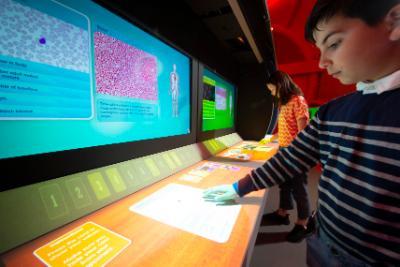
More than 239,000 people have visited the centre since its opening in September 2009. Together with illustrator Mic Rolph, Centre of the Cell Director Professor Frances Balkwill has also produced 13 science books for children which have been translated into at least 12 languages with over half a million copies sold worldwide.
Footsteps into the East End’s past
Professor Nadia Valman has specialised in the literary history of London’s East End and used this to create historical walking tours.
Her walking tour of The Royal London Hospital and the Medical College in Whitechapel brings to life the drama of street and hospital in Victorian Whitechapel at a time of unprecedented innovations in medicine, training and patient care.
As part of the Being Human Festival in November 2019, Nadia worked with projection artist Karen Crosby (www.karencrosbyart.com) paying tribute to the former Royal London Hospital in Whitechapel by conjuring up the ghosts of its past, lit up at night on the walls of the old building.
Nadia also produced a series of eight guided walks exploring London through the eyes of migrants from the mid-nineteenth century to the present day. The walks were designed to enable participants to discover new literature and the experience of London writers, and to reflect on London’s forgotten history as a city long inhabited by migrants.
